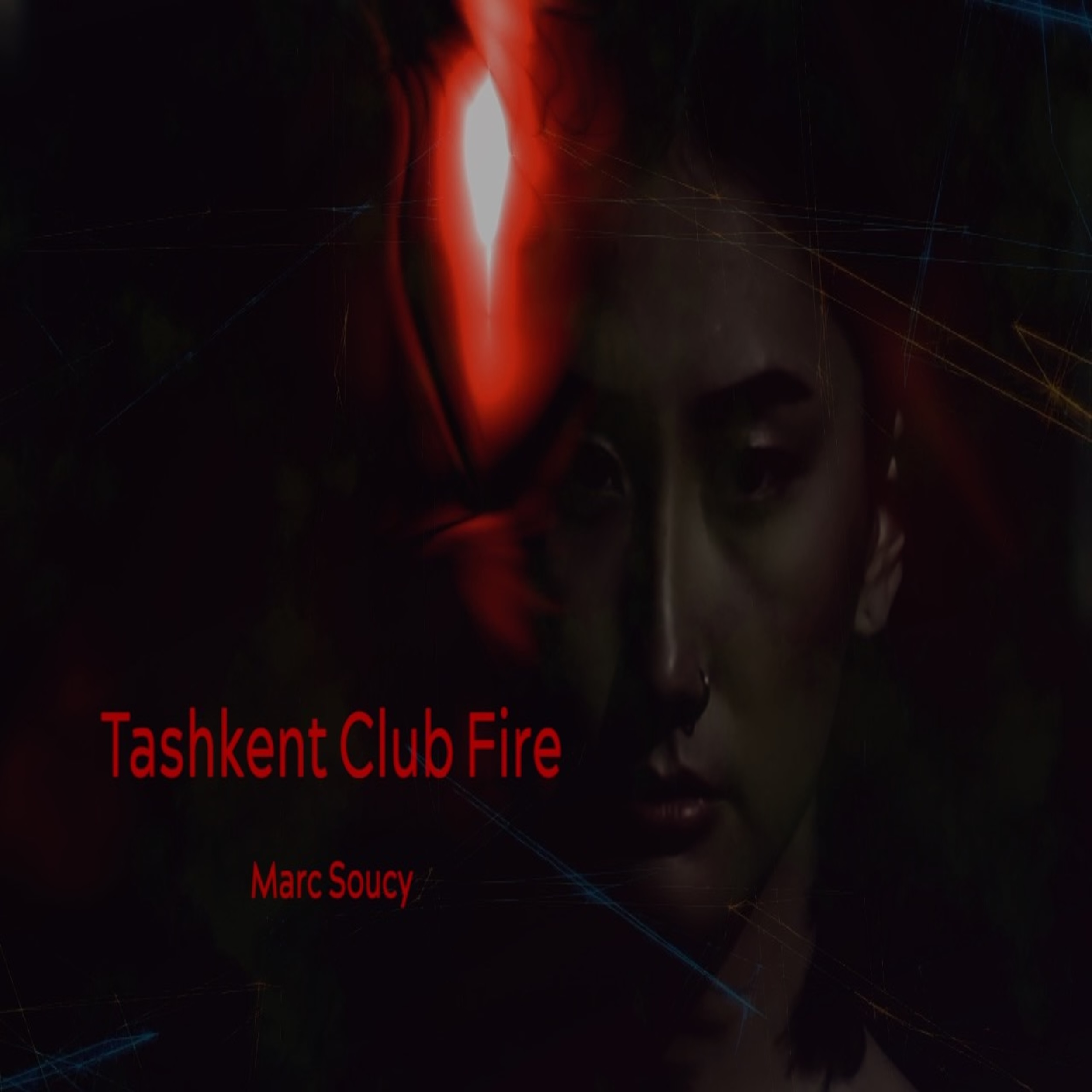Marc Soucy’s “Tashkent Club Fire” opens not with a bang, but with an atmosphere—one that creeps in subtly and sets the tone for an immersive listening experience. Built around a layered soundscape that blends electronic pulses with traditional acoustic elements, the track feels less like a song and more like a sonic narrative unfolding in real time.
As the piece progresses, textures multiply. Synths ripple across a foundation of intricate percussion, while hints of Middle Eastern melodic phrasing rise to the surface. The rhythm moves with a hypnotic drive, but the arrangement avoids predictability. Instead, Soucy allows space to do much of the storytelling, giving each instrument its moment without crowding the mix.
There’s a careful choreography to the instrumentation. Banjo and string elements enter with precision, grounding the track in something tactile and human. These organic voices play against shimmering electronic layers, giving the composition a dual nature—one rooted in tradition, the other straining toward abstraction. The result is music that feels both ancient and futuristic.
Rather than follow a familiar verse-chorus structure, Soucy crafts “Tashkent Club Fire” as a series of evolving movements. Shifts in timbre and rhythm create emotional pivots, building a sense of narrative without needing words. It’s a composition that respects the listener’s imagination, leaving space for personal interpretation.
Soucy’s experience as a producer is evident in the clarity and balance of the mix. Every sound has purpose, every transition feels earned. “Tashkent Club Fire” doesn’t just blur genre lines—it reimagines what those lines could mean. For listeners open to exploration, it offers a rich and rewarding sonic journey.
